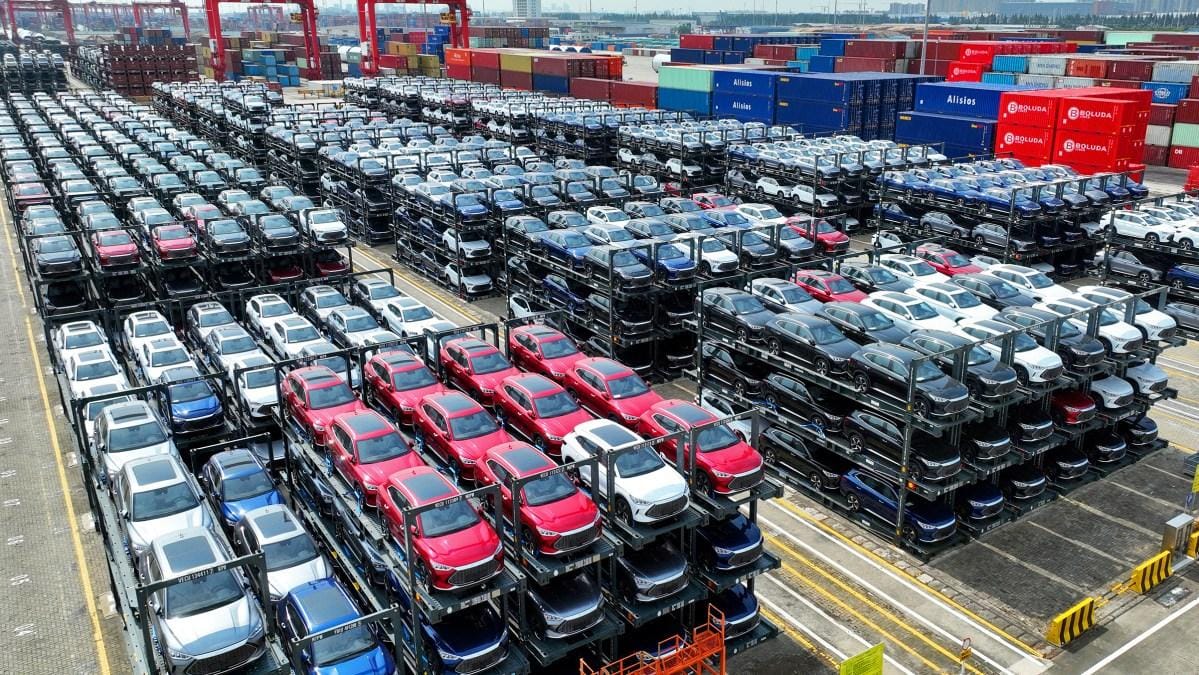
Politicians and industrial policy will always find ways to execute poorly.
WSJ, Andy Kessler, June 9, 2024
The high-speed railway under construction in Fresno, Calif., May 8, 2019.
After the $320 million floating fiasco ran aground, Ohio Sen. J.D. Vance tweeted: “The Gaza pier is a symbol of the Biden administration. A horrible idea executed terribly.” True—for almost all government projects. The November election may be about old vs. paroled, but underneath it could mark an overdue transition from heavy-handed government ineptitude back to relying on the private sector. Busybodies vs. market ninjas. It’s time.
Remember the $7.5 billion of pork spending set aside for electric-vehicle chargers in the 2021 Infrastructure bill? The administration promised 500,000 of them by 2030, overseen by Transportation Secretary Pete Buttigieg. As of May, only eight had been installed. As they say, “close enough for government work.” Only 150,000 years to go.
In 2008 Californians voted for about $10 billion in bonds for high-speed rail connecting San Francisco and Los Angeles—the first payment of a then-estimated $33 billion budget for the 800-mile stretch. So far, only a 1,600-foot Fresno River Viaduct has been built, along with a hodgepodge of guideways and structures. Only 42,000 years to go. Oh, and the estimated cost has risen to around $130 billion. California has also spent $24 billion over the past five years to solve the homeless problem. Meanwhile, the homeless population is up 30%. Why let government do anything?
Jimmy Carter—Joe Biden’s role model—set the pace. In 1979, after six years of oil embargoes and gasoline shortages, Mr. Carter wanted $88 billion ($365 billion today) for, among other things, a Synthetic Fuel Corp. “Synfuels” would enable U.S. energy independence. He got $20 billion.
Fracking went horizontal in the 1980s, thanks largely to private investment. Now the U.S. is the largest oil- and gas-producing country. Yet oil and gas are now considered sin fuels, and the Biden administration paused liquefied natural gas exports in January.
We’re still paying for ObamaCare. A Kaiser survey found that individual premiums between 2010, when ObamaCare was enacted, and 2022 were up 58%. Family premiums rose more than 63%. Inflation was only up 36% over that period. You didn’t build that, President Obama did, and terribly.
Government is bad for your health. Whose idea was it to pay for gain-of-function research in Wuhan? Remember when the Food and Drug Administration delayed the rollout of Covid tests by, among other things, requiring applications on CD-ROMs? In 2020! The FDA interference, according to a Yale Law Journal 2020 Forum, was “possibly the deadliest regulatory overreach in U.S. history.”
I’ll take the private sector every time. The Biden administration throws money and mandates at electric vehicles, and now we have a glut. The Commerce Department delivers semiconductor money from the Chips+ Act to swing states Ohio and Arizona and blue New York, albeit upstate. You could die waiting on hold to talk to the Internal Revenue Service. Mr. Biden’s Federal Communications Commission reinstated net neutrality after Donald Trump’s FCC had killed it, even though the U.S., unlike Europe, enjoyed bandwidth-a-plenty during the pandemic for Zoom and Netflix.
Between the Covid-19 Economic Injury Disaster Loan, the Paycheck Protection Program and the Federal Pandemic Unemployment Compensation program, the FBI reports almost $300 billion in fraud. It was so easy, tens of thousands reportedly filed applications from jail.
And don’t get me started on the Department of Education. Since its founding in 1979, spending per student has been up, up and away. The results? Forty percent to 60% of first-year college students are taking remedial classes “in English, math, or both.” And they can’t deliver the critical Fafsa financial-aid application that Google could probably roll out by tomorrow.
The U.S. isn’t alone. In 2021, Saudi Arabia unveiled plans for “The Line,” a new $1.5 trillion car-free city stretching 106 miles to the Gulf of Aqaba, the first phase of the 2017-announced megatropolis, Neom. Dream on—it was recently cut back to just 1.5 miles by 2030. My guess is they’ll build less than 1,600 feet.
Why are governments so bad at execution? Accountability and incentives. There are no prices or profits, just elusive cost benefits estimated in simple spreadsheets any first-year investment banker could fudge.
But these public-works projects are well intentioned, right? Hardly. Good luck finding all the hidden agendas, political back scratching and paid-off donors. Or, in the case of student loans, bribes to voters. Getting re-elected is how politicians measure the success of government work vs. private-sector profits.
Those profits from each private-sector project or product provide capital that pays for the next important project. In perpetuity. Profits also provide guidance to markets that fund great ideas and kill off bad ones. It’s Darwinism vs. kleptocracy. Sadly, politicians and industrial policy will always fund dumb things like electric-vehicle chargers, high-speed rail and Neom—horrible ideas executed terribly.
